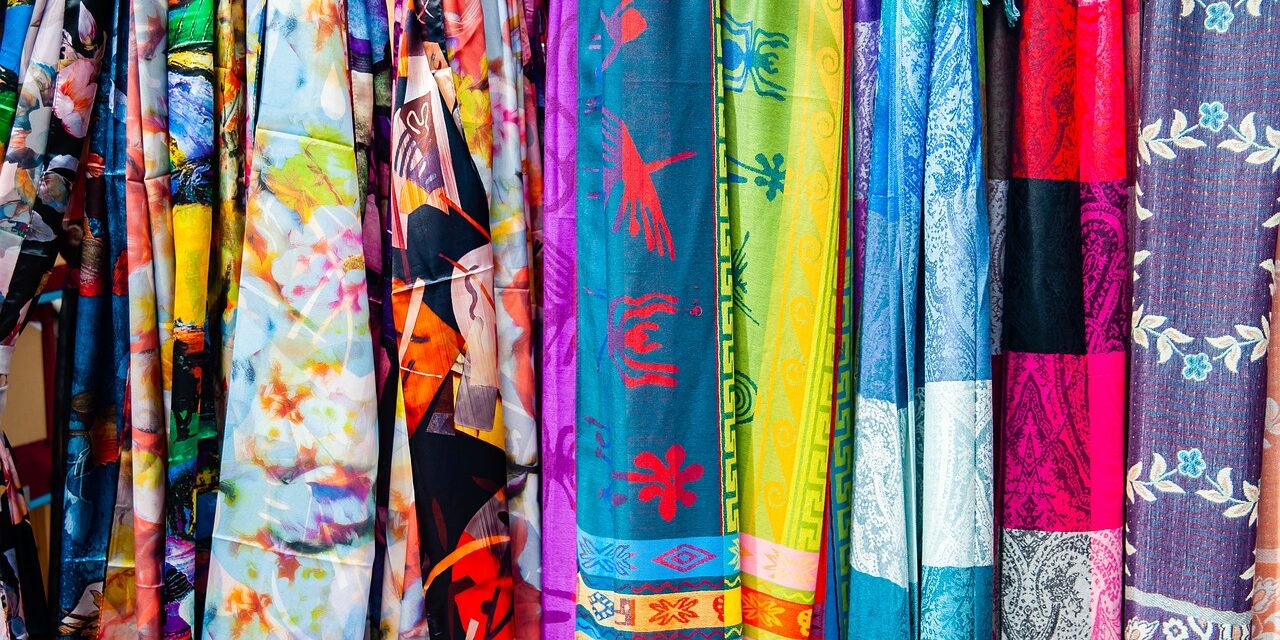Digital scrapbooking is a great method for turning digital memories into creative gold. Think about it: you can transform photos, mementos, and designs that are unique and close to your heart into unique apparel pieces that you and your family and friends will love.
Furthermore, custom apparel pieces are quite trendy at the moment, so you may have a profitable business idea on your hands. A carefully crafted scrapbook page could inspire your next custom hoodie or dress design.
If we’ve piqued your interest, keep reading. We’ll explore several inventive ways to blend these two creative worlds.
1. Applying Digital Scrapbooking Techniques to Fabric
Did you ever consider that you can use digital scrapbooking techniques to apply new textures and designs to fabric?
The layered, tactile feel of a digital scrapbook design makes custom apparel feel and look different. For your own designs, you may want to use a favorite summer vacation photo that has sand, sea, and sky elements.
By manipulating these elements digitally, you can create patterns that mimic textures like rough sand or gentle waves. Then translate those digital creations into fabric designs using modern printing techniques or embroidery.
The best part is that you don’t have to worry about printing or embroidering these patterns on fabric. You just make the design and wait for your embroidered hoodie, dress, or cap to arrive at your door.
This is possible with help from print-on-demand platforms that do all the heavy lifting (printing, finding the fabrics, and turning your vision into reality) for you. Plus, this approach opens up endless possibilities for customization, which may turn into a fun side gig or a full-blown online business.
2. Integrating Your Own Photos and Designs in Custom Print
Your digital vacation memories can be the inspiration for a whole new line of custom print apparel.
Take a cherished family photo, for example. You can use digital tools to manipulate colors, enhance details, or even play with filters and masks. Using your favorite scrapbooking methods, you can isolate and enhance the elements that speak to you the most and hide the elements that feel too personal to place on a piece of garment.
Once you have the main design, think about how it will look on a piece of clothing. Let’s take a hoodie as an example: the front of the hoodie is great for featuring the main image, while the sleeves can showcase complementary colors or abstract versions of the same photo elements.
This approach ensures every garment tells a personal story – whether it’s capturing memorable moments or expressing individual creativity – making each piece truly special and meaningful in your wardrobe.
3. QR Codes and Augmented Reality in Apparel Design
Imagine you create a hoodie that looks so amazing everyone who sees you wearing it wants one. Wouldn’t this be an amazing opportunity to promote your work (whether it’s an e-commerce store or just your digital scrapbooking site)?
The best way to do this is to discreetly include a small QR code in the design. When scanned, it might link to your store, a video of the moment that inspired the design, or a display of additional artwork through AR.
This approach turns your hoodie into more than just fabric – it becomes a multimedia story. Users can scan different parts of the garment to uncover hidden messages or visual effects that augment their experience.
Extra tip: Augmented reality apps like Artivive let you animate static images, making them come alive when viewed through smartphones.
Wrap Up
Digital innovations drive exciting trends in the custom apparel industry, and if you want to dip your toes into this world, you should stay up to date. From 3D printing becoming more accessible to smart fabrics that change colors or display patterns based on temperature, these technologies will redefine interactive clothing.






